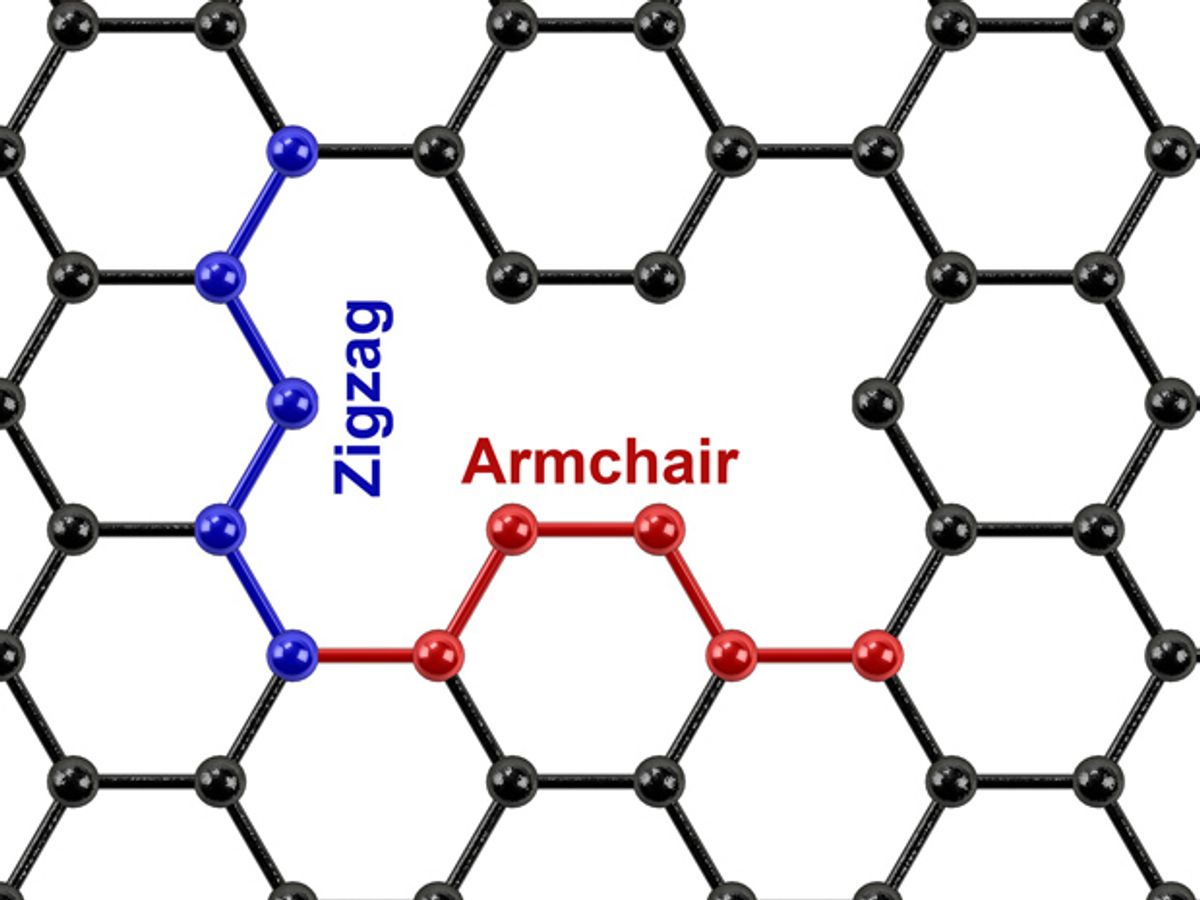Researchers at the University of California San Diego (UCSD) have developed a method for increasing the amount of electric charge that graphene can store as an electrode material in supercapacitors. The key to what the researchers have done is making the graphene “holey.”
The UCSD team is not the first to recognize the merits of “holey” graphene. Last year, researchers at the California NanoSystems Institute (CNSI) at UCLA developed what they termed a “holey graphene framework;” they claimed that it significantly boosted the energy density of supercapacitors. The CNSI researchers concluded that an energy density of a fully packaged device stack based on the holey-graphene framework is capable of energy densities as high as 35 watt-hours per kilogram, which compares favorably to today’s upper average supercapacitor, which can get around 28 Wh/kg.
The UCSD team told IEEE Spectrum that in their latest research, they created "holes" that are of the order of 1 nanometer in size, while the work from the UCLA paper reports pores that are 1000 times larger. Consequently, there are more holes in the UCSD samples, implying greater charge density per unit area or volume of material.
Also, the UCSD researchers created holes using ions, while the UCLA team used chemical (peroxide) etching. The benefit of using ions instead of chemical etchants is that you can sculpt atomic-scale holes using atomic-sized ions. The analogy that the research team gave is that using chemical etchants to sculpt atomic-sized graphene would be like making patterns in a thin piece of paper with a hacksaw.
Because plasma processing (ions) is used in semiconductor and transistor fabrication extensively, it is a familiar technique. The UCSD team said that scalability depends on the ultimate application and time. For example, the cost of transistors has been significantly reduced over the past 50 years. While the UCSD researchers didn’t want to make a prediction, they did believe that plasma processing could possibly be very scalable and cost effective.
While this is all encouraging, it should be tempered with the understanding that although the team demonstrated that creating charged defects in graphene samples increases the amount of charge in the graphene material, which translates to increased capacitance and therefore, increased energy storage, this remains just “proof of concept” work. The researchers have not developed a supercapacitor device based on the material and therein lies the rub.
Because the charge of supercapacitors is stored entirely on the surface material coating the electrodes, it means the greater the surface area of that material, the greater capacity of the supercapacitor to store a charge. The hope has been that graphene’s enormous theoretical surface area of 2630 square meters per gram would lead to its ability to store enormous amounts of ions on the electrode of a supercapacitor.
Unfortunately, the operative word for graphene’s surface area is “theoretical” because the best anyone has been able to achieve on the electrode of a real-world supercapacitor is 1520 square meters per gram, or roughly the same that is possible with the crushed coconuts of activated carbon, or used cigarette butts.
The problem has been that the theoretical surface area is only achievable with a single, stand-alone sheet of graphene and you can’t use a single standalone sheet of graphene in a real device because it will result in a very low volumetric capacitance. You have to stack layers of the material, and this reduces the surface area.
The UCSD researchers have developed a potentially attractive material for this application. The test will be to see how the material performs in an actual device.
Dexter Johnson is a contributing editor at IEEE Spectrum, with a focus on nanotechnology.



